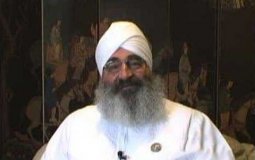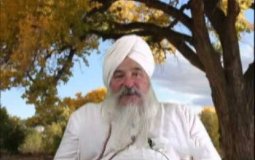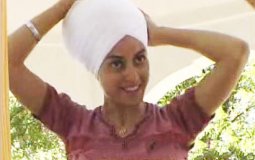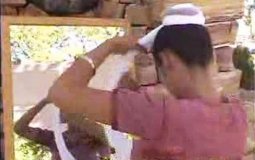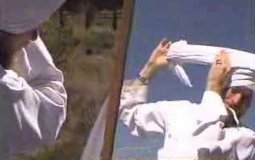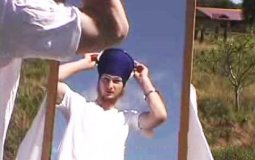Gurucharan Singh explains about what the essence of Kundalini yoga is.
Guruka Singh answering a question about the difference between blood and spiritual family.
In Sikhi we have ceremonies, not rituals. But a ceremony can become a ritual when no one understands the how and why of what is happening.
Interview in Punjabi with Sadasat Simran Singh Khalsa and Jugat Guru Singh Khalsa (Chardikala Jatha) on the topic of Bana.
Guruka Singh is SikhNet's Executive director and original founder of SikhNet back in 1983 as a BBS System. Late last year he changed his whole job focus...and decided to work again with SikhNet (as a full time job). For me personally it is so cool to work with him and share our passions for SikhNet together. It's amazing how God works these things out!
Guruka is a great mentor for me and I learn a lot from him on all different levels. He has so much to share, and does so enthusiastically with everyone around him. Guruka Singh sets such a great example for me and others to learn from. I think he has a lot to offer in a very unique way, and hope he has the opportunity in the future to travel to other Sikh communities to share/teach the youth (and the old folk if they are willing).
Yesterday afternoon I had a lot of fun sitting with Guruka Singh and talking to him about a variety of topics (which I recorded). I will edit and post the different videos over the next few weeks. Lots of very good stuff! One thing that will be very apparent in the videos is his enthusiasm, smiles and joy. This is who he is...and what I feel living as a Sikh can bring to each of us.
The video that I am posting tonight is about himself personally becoming a Sikh and being a parent.
Help us caption & translate this video!
Ik Ong Kaar Satgur Prasad, Sat Gurprasad Ek Ong Kaar. It's a reminder of who you are...and that you are one with the infinite. Everything is a gift; even the painful things in your life.
This style originated from the western Sikh communities in America. Most western Sikh women who become a Sikh wear a turban (whether or not they are Amritdhari). This is a common style which is worn. Usually it is at least two layers. One layer of turban fabric and then a white chuni at the final "finished" layer.
This is a quick casual turban that you might tie if you are around the house or exercising. For some women they tie this one when they get up early in the morning for their Sadhana (banis/meditation,etc). The turban shown in this video is about 3 meters long.
This is a common turban style worn in Punjab, India. It is basically a double wide turban. 6 meters of turban cloth are cut in half (two - three meter pieces) and then sewn together on long edge to make it "Double wide". This makes for a larger turban with fewer wraps around the head.
Here is another variation of the dhamala turban without the Chand Tora. Each person adopts their own method of tying the dhamala. Once you learn the basics you can tweak the method to fit you.

